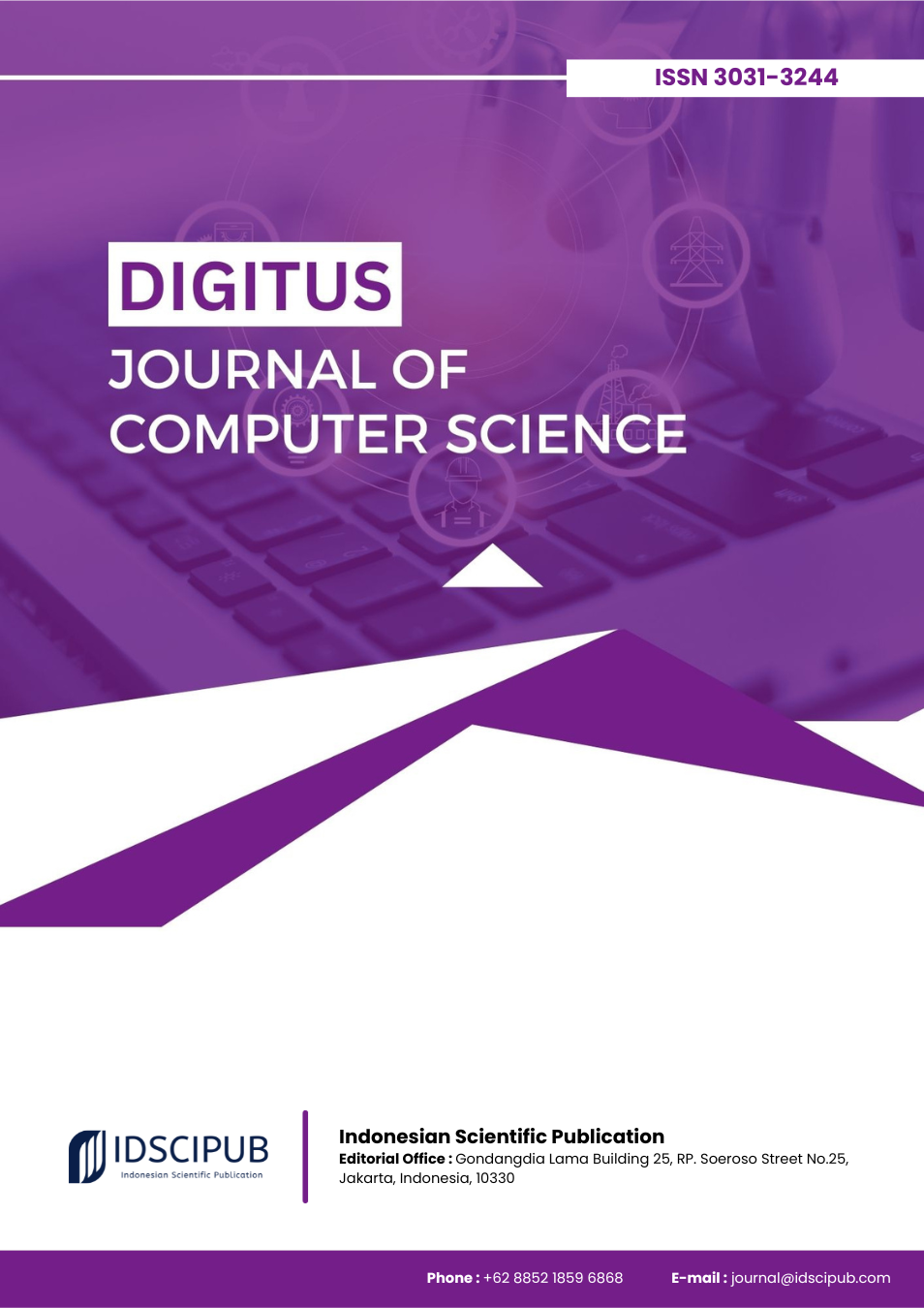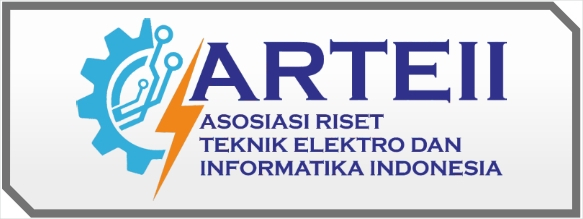Securing the Cloud: Privacy, Policy, and AI-Driven Cybersecurity Solutions
DOI:
https://doi.org/10.61978/digitus.v2i3.835Keywords:
Cybersecurity, Cloud Computing, Data Privacy, Risk Management, Artificial Intelligence, Zero Trust Architecture, Cyber PolicyAbstract
As cloud computing becomes the backbone of modern digital infrastructure, cybersecurity has emerged as a critical concern across public and private sectors. This narrative review investigates the multifaceted threats, defense strategies, and policy implications associated with cybersecurity in the cloud environment. Literature was systematically sourced from Scopus and Google Scholar using keywords such as "cybersecurity", "cloud security", "AI for cybersecurity", and "data privacy", with inclusion criteria focusing on recent, peer-reviewed studies. The review revealed that data security threats—particularly DDoS attacks, ransomware, and data leakage—are on the rise, with over 40% of organizations reporting incidents in the past two years. Privacy protection varies globally, depending on both technological implementations and regulatory frameworks like the GDPR. Strategies such as encryption, AI-based anomaly detection, and Zero Trust architecture are proving vital in threat mitigation. Yet, systemic challenges—such as policy inconsistency, digital skill gaps, and uneven infrastructure—hinder progress, particularly in developing regions. The discussion emphasized that successful implementations often involve coordinated governance, robust public-private partnerships, and inclusive education strategies. This study concludes by calling for targeted policy reform, investment in digital capacity building, and deeper research into scalable cybersecurity models for vulnerable contexts. These findings underscore the urgency of constructing adaptive and inclusive cybersecurity frameworks to support safe and resilient digital transformation.
References
Albshaier, L., Almarri, S., & Albuali, A. (2025). Federated learning for cloud and edge security: a systematic review of challenges and AI opportunities. Electronics, 14(5), 1019. https://doi.org/10.3390/electronics14051019 DOI: https://doi.org/10.3390/electronics14051019
Anwar, N., Rahaman, M., Widodo, A., Sekti, B., Erzed, N., Tangkudung, R., … & Budhisantosa, N. (2025). Sustainable cybersecurity in the AI era, 603–620. https://doi.org/10.4018/979-8-3693-8034-5.ch030 DOI: https://doi.org/10.4018/979-8-3693-8034-5.ch030
Bhardwaj, A. (2023). New age cyber threat mitigation for cloud computing networks. https://doi.org/10.2174/97898151361111230101 DOI: https://doi.org/10.2174/97898151361111230101
Cardoso, T., & Gomes, P. (2025). Advancing digital competencies in public administration: Empowering civil servants in the digital age, 33–60. https://doi.org/10.4018/979-8-3693-6547-2.ch002 DOI: https://doi.org/10.4018/979-8-3693-6547-2.ch002
Efe, A., & Işik, A. (2020). A general view of Industry 4.0 revolution from cybersecurity perspective. International Journal of Intelligent Systems and Applications in Engineering, 8(1), 11–20. https://doi.org/10.18201/ijisae.2020158884 DOI: https://doi.org/10.18201/ijisae.2020158884
Grabner, G., Ahmed, A., & Baghaei, N. (2023). Using blockchain to preserve chain of custody: Cloud forensics analysis(s), 380–385. https://doi.org/10.18293/seke2023-038 DOI: https://doi.org/10.18293/SEKE2023-038
Haleem, A., Javaid, M., Singh, R., Rab, S., & Suman, R. (2022). Perspectives of cybersecurity for ameliorative Industry 4.0 era: A review-based framework. Industrial Robot: The International Journal of Robotics Research and Application, 49(3), 582–597. https://doi.org/10.1108/ir-10-2021-0243 DOI: https://doi.org/10.1108/IR-10-2021-0243
Javed, A., Ahmed, W., Alazab, M., Jalil, Z., Kifayat, K., & Gadekallu, T. (2022). A comprehensive survey on computer forensics: State-of-the-art, tools, techniques, challenges, and future directions. IEEE Access, 10, 11065–11089. https://doi.org/10.1109/access.2022.3142508 DOI: https://doi.org/10.1109/ACCESS.2022.3142508
Kalinaki, K., Shafik, W., Masha, M., & Alli, A. (2024). A review of artificial intelligence techniques for improved cloud and IoT security, 38–68. https://doi.org/10.4018/979-8-3693-0766-3.ch002 DOI: https://doi.org/10.4018/979-8-3693-0766-3.ch002
Khatana, S., & Kulshrestha, S. (2025). International law and cybersecurity in the era of cloud computing, 251–270. https://doi.org/10.4018/979-8-3693-9581-3.ch013 DOI: https://doi.org/10.4018/979-8-3693-9581-3.ch013
S, J., Ravimaran, S., & Sathish, A. (2021). Robust security with strong authentication in mobile cloud computing based on trefoil congruity framework. Journal of Organizational and End User Computing, 33(6), 1–28. https://doi.org/10.4018/joeuc.20211101.oa11 DOI: https://doi.org/10.4018/JOEUC.20211101.oa11
Sasada, T., Kawai, M., Masuda, Y., Taenaka, Y., & Kadobayashi, Y. (2023). Factor analysis of learning motivation difference on cybersecurity training with Zero Trust architecture. IEEE Access, 11, 141358–141374. https://doi.org/10.1109/access.2023.3341093 DOI: https://doi.org/10.1109/ACCESS.2023.3341093
Taneja, S., Shukla, R., & Singh, A. (2024). Embracing digital transformation, 83–93. https://doi.org/10.4018/979-8-3693-2019-8.ch005 DOI: https://doi.org/10.4018/979-8-3693-2019-8.ch005
Vakaliuk, T., & Семеріков, С. (2023). Introduction to DOORS workshops on edge computing (2021–2023). Journal of Edge Computing, 2(1), 1–22. https://doi.org/10.55056/jec.618 DOI: https://doi.org/10.55056/jec.618
Yacelga, A., Arevalo, N., & Zambrano, L. (2023). Fog computing in the industrial internet of things: Challenges, trends, and strategies. FPA, 13(2), 91–105. https://doi.org/10.54216/fpa.130208 DOI: https://doi.org/10.54216/FPA.130208
Scott, E., Milani, F., Kilu, E., & Pfahl, D. (2021). Enhancing Agile Software Development in the Banking Sector—A Comprehensive Case Study at LHV. Journal of Software Evolution and Process, 33(7). https://doi.org/10.1002/smr.2363 DOI: https://doi.org/10.1002/smr.2363
Senapati, A., Bhattacherjee, A., & Chau, N. (2020). Associations of Job-Related Hazards and Personal Factors With Occupational Injuries at Continuous Miner Worksites in Underground Coal Mines: A Matched Case-Control Study in Indian Coal Mine Workers. Industrial Health, 58(4), 306–317. https://doi.org/10.2486/indhealth.2019-0102 DOI: https://doi.org/10.2486/indhealth.2019-0102
Trihardianingsih, L., Istighosah, M., Alin, A. Y., & Asgar, M. R. G. (2023). Systematic Literature Review of Trend and Characteristic Agile Model. Jurnal Teknik Informatika, 16(1), 45–57. https://doi.org/10.15408/jti.v16i1.28995 DOI: https://doi.org/10.15408/jti.v16i1.28995
Wahab, A. M. A., Dorasamy, M., & Ahmad, A. A. (2024). Product Team in Transition: A Qualitative Case Study of Team Motivation and Collaboration During Agile Adaptation. International Journal of Management Finance and Accounting, 5(2), 50–74. https://doi.org/10.33093/ijomfa.2024.5.2.3 DOI: https://doi.org/10.33093/ijomfa.2024.5.2.3
Клоков, В. Н., Вечерская, С. Е., Ивлеев, М. С., & Голубев, М. Б. (2024). Improving Development Team Efficiency With the Agile-Maturity Method. Vestnik of Russian New University Series «complex Systems Models Analysis Management», 2, 60–67. https://doi.org/10.18137/rnu.v9187.24.02.p.60 DOI: https://doi.org/10.18137/RNU.V9187.24.02.P.60





